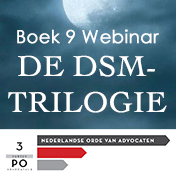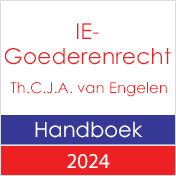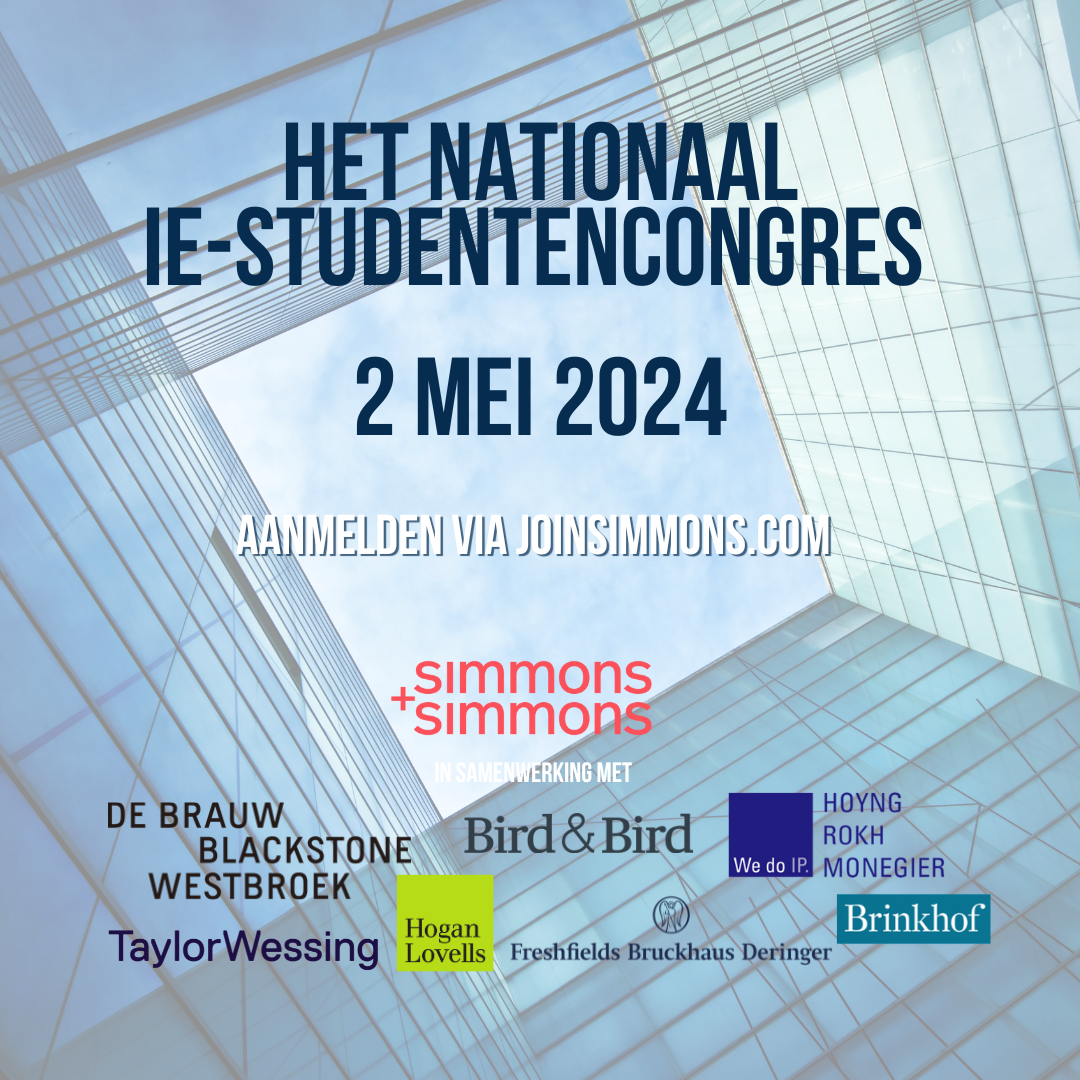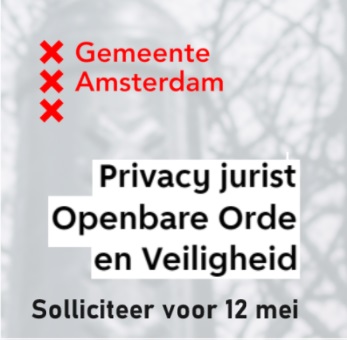Geen verwarringsgevaar tussen beeldmerken, die een afbeelding van een flessenhalsetiket bevatten
15-04-2014 Print this page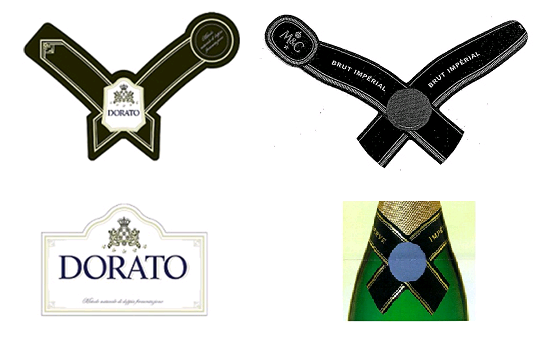 Gemeenschapsmerk – Beroep ingesteld door de houder van nationale en communautaire beeldmerken die flessenhalsetiket weergeven voor waren van klasse 33 en strekkende tot vernietiging van beslissing R 1877/20112 van de tweede kamer van beroep van het BHIM houdende verwerping van het beroep tegen de beslissing van de oppositieafdeling tot afwijzing van verzoeksters oppositie tegen de inschrijving van het beeldmerk dat afbeelding van flessenhalsetiket en woordelement „DORATO” bevat voor waren van klasse 33.
Gemeenschapsmerk – Beroep ingesteld door de houder van nationale en communautaire beeldmerken die flessenhalsetiket weergeven voor waren van klasse 33 en strekkende tot vernietiging van beslissing R 1877/20112 van de tweede kamer van beroep van het BHIM houdende verwerping van het beroep tegen de beslissing van de oppositieafdeling tot afwijzing van verzoeksters oppositie tegen de inschrijving van het beeldmerk dat afbeelding van flessenhalsetiket en woordelement „DORATO” bevat voor waren van klasse 33.
Het beroep wordt afgewezen. Het Gerecht oordeelt dat er geen sprake is van visuele, auditieve of begripsmatige overeenstemming tussen het aangevraagde beeldmerk dat een afbeelding van een flessenhalsetiket en het woordelement "DORATO" bevat en de oudere beeldmerken, die een flessenhalsetiket weergeven. Verwarringsgevaar tussen de merken is derhalve uitgesloten.
86 In this respect, it must be pointed out that, having regard to the fact that there is no visual, phonetic or conceptual similarity between the signs at issue, the Board of Appeal was right to find that those signs were dissimilar overall and that, consequently, one of the conditions for the application of Article 8(1)(b) of Regulation No 207/2009 had not been satisfied in the present case.
87 For the sake of completeness, it must be added that, even if the signs at issue were conceptually similar, that would have no bearing on the above finding. The more distinctive the earlier mark, the greater will be the likelihood of confusion. It is therefore not impossible that the conceptual similarity resulting from the fact that two marks use images with analogous semantic content may give rise to a likelihood of confusion where the earlier mark has a particularly distinctive character, either per se or because of the reputation it enjoys with the public. However, in circumstances such as those in the present case, where the earlier mark does not have a particularly distinctive character and consists of an image with little imaginative content, the mere fact that the marks are conceptually similar is not sufficient to give rise to a likelihood of confusion (see, to that effect, Case C 251/95 SABEL [1997] ECR I 6191, paragraphs 24 and 25).
Lees het arrest hier.



















































